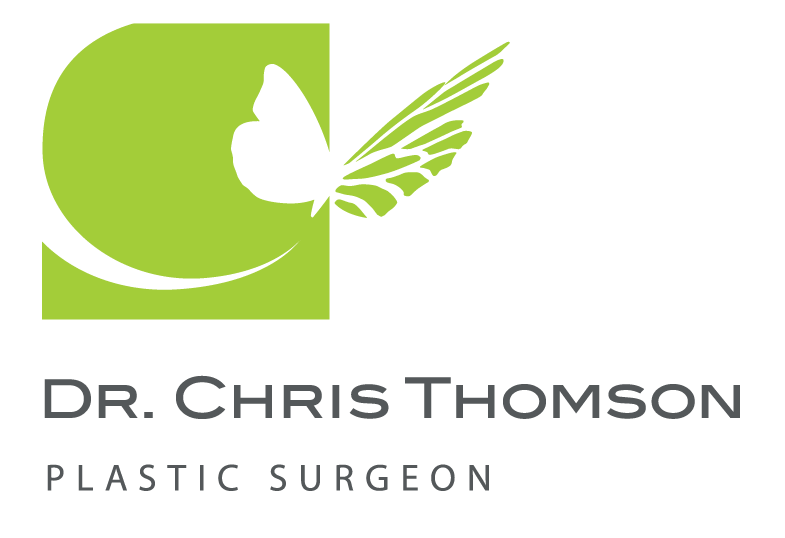Capsular Contracture
You did it! Your breast augment surgery is in the rearview mirror. You’ve recuperated, healed completely, and are enjoying the result. And then things start to change a little. No longer soft and natural, your breasts have taken on an unusual shape and are much more firm. They might even feel uncomfortable. Capsular contracture has developed - now what do you do?
The goal of breast augmentation is to create a fuller breast that is also soft and natural feeling. Modern implants have advanced silicone gel filling that achieves these goals very well. Unfortunately some women go on to develop capsular contracture. This means that the capsule, which is normally soft and loose after augmentation, has started to contract around the implant. This can distort the look of the breast, create unwanted firmness and make the breast uncomfortable.
We now know that prevention of capsular contracture is very important and is impacted by the surgeon’s technique. Prevention is best achieved by precise pocket creation, antibiotic irrigation and use of a “no touch” technique for insertion using a Keller funnel. These principles have reduced the incidence of contracture greatly but have not completely eliminated it.
Many treatments for established contracture have been employed over time. Most of them involved some variation on partial or total capsulectomy and implant replacement. Unfortunately these treatments have largely been shown to simply “restart the clock” until the next episode of contracture.
There is good news though. The current gold standard for treatment of capsular contracture is to remove the contracted implants, perform a partial capsulectomy and then create an internal bra made out of allograft dermis such as Alloderm TM. The Alloderm impairs the body’s ability to contract around the new implant thereby creating a more long term solution to capsular contracture than was previously possible. This is great news and solves what has been the most common complication of breast augmentation surgery.

